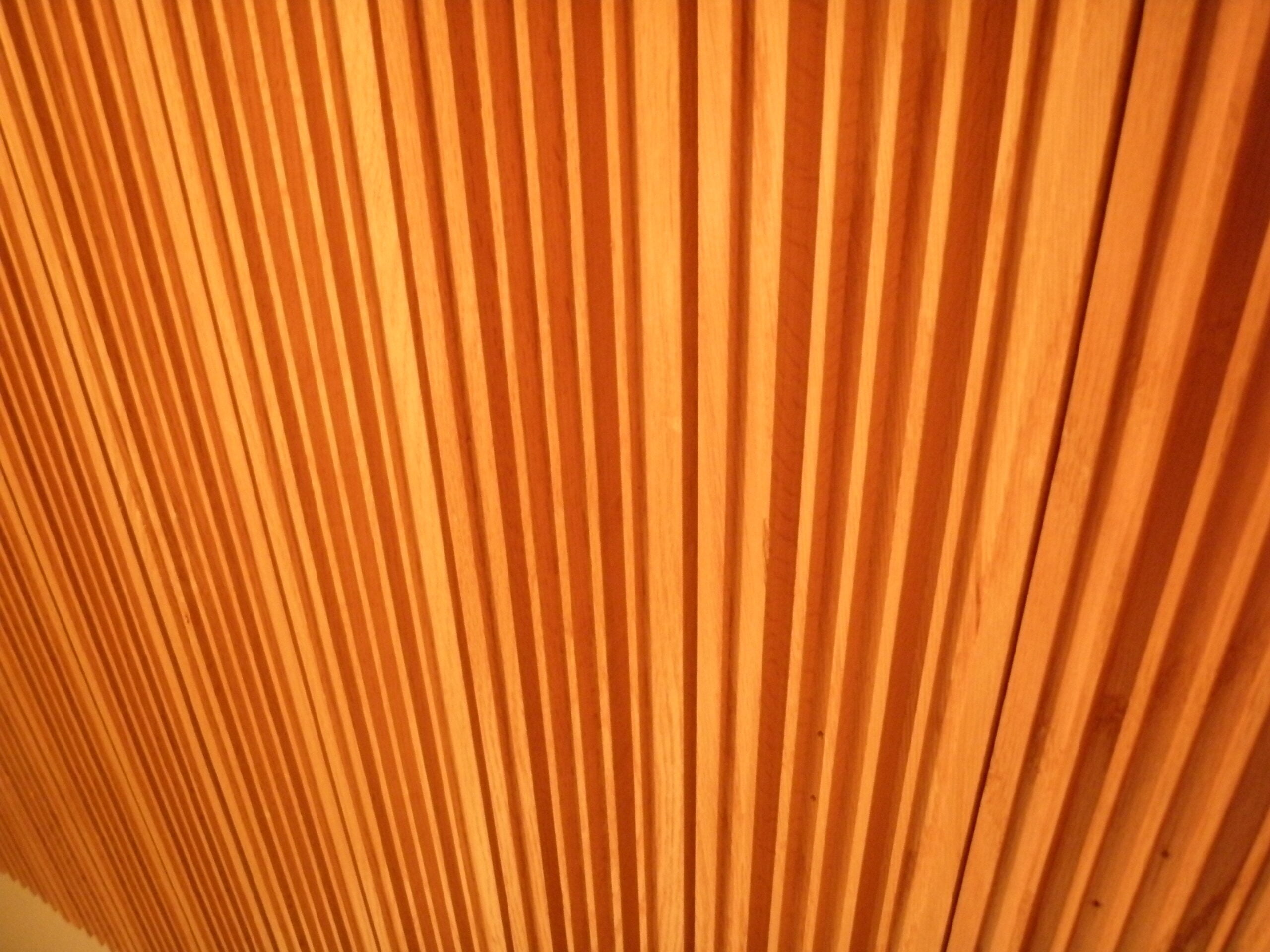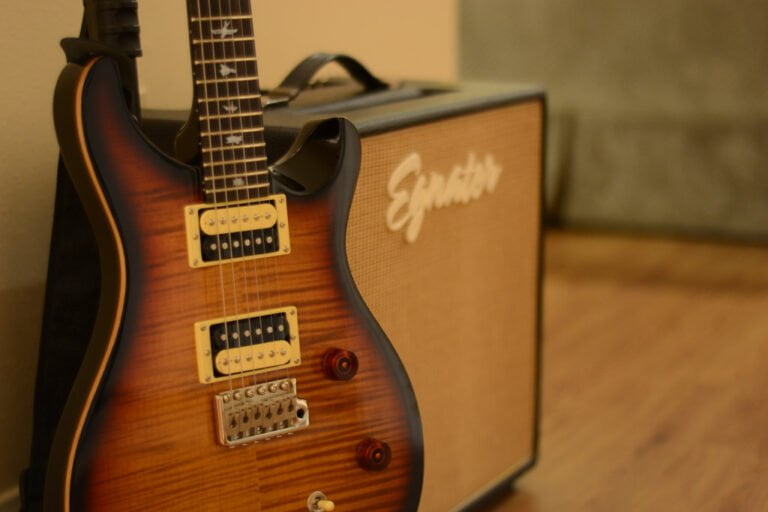Improving Sound Isolation in a Home Studio Setup
To enhance sound isolation in a home studio setup, incorporating mass-loaded vinyl, acoustic foam panels, soundproof curtains, and fiberglass insulation is essential to reduce sound leakage effectively. The strategic use of these soundproofing materials creates an acoustically controlled environment that minimizes external noise interference and enhances sound quality. Further optimizing the studio with techniques like adding extra drywall layers with green glue and utilizing sound isolation clips and acoustical sealant can greatly improve soundproofing capabilities – leading to a well-isolated and conducive studio space for quality audio production.
We are supported by our audience. When you purchase through links on our site, we may earn an affiliate commission, at no extra cost for you. Learn more.
Soundproofing Techniques for Home Studios
To effectively soundproof a home studio, one must employ a combination of soundproofing techniques. Mass-loaded vinyl and acoustic foam panels are essential elements for enhancing sound isolation within the home studio. Mass-loaded vinyl, when strategically placed, acts as a barrier to block out unwanted noise from entering or leaving the studio space, while acoustic foam panels help in absorbing and diffusing sound reflections within the room, reducing echo and reverberation.
Additionally, incorporating soundproof curtains and fiberglass insulation aids in minimizing sound leakage through doors and windows. The curtains act as an extra layer of defense against external noise intrusion, and fiberglass insulation helps in dampening sound transmission through walls and ceilings. Adding extra layers of drywall with green glue is a significant step in improving soundproofing. Green glue, when sandwiched between layers of drywall, enhances the overall soundproofing performance by dissipating sound energy that tries to pass through the wall structure.
Moreover, utilizing sound isolation clips for decoupling walls and ceilings, along with sealing any gaps with acoustical sealant, further enhances the soundproofing capabilities of the studio. Finally, integrating soundproof windows, doors, and ceiling treatments completes the soundproofing setup, ensuring a more acoustically sound environment for the home studio. By employing these soundproofing techniques, one can create an ideal acoustic space for recording and mixing audio without disturbances.
Acoustic Treatment Essentials
Acoustic treatment in a home studio setup greatly enhances sound quality by reducing echoes and reverberations. It is essential to incorporate absorptive materials such as acoustic foam panels and bass traps to effectively control sound reflections. These materials absorb sound waves, preventing them from bouncing off walls and creating unwanted echoes. Additionally, diffusive materials like acoustic diffusers play a pivotal role in scattering sound waves evenly throughout the space, promoting a balanced acoustic environment.
Reflective materials like soundproof curtains and wall panels can further improve sound isolation in a home studio setup by minimizing sound leakage and external noise interference. Proper placement of acoustic treatment materials is key to achieving the best sound control and clarity in recordings. Placing absorptive panels at first reflection points and bass traps in corners can help reduce standing waves and bass buildup, leading to a more accurate representation of the audio being recorded.
Enhancing Acoustic Environment With Bass Traps
Incorporating bass traps into a home studio setup optimizes sound quality by targeting and absorbing low-frequency sound waves that tend to accumulate in corners. Bass traps are essential components of acoustic treatment in a room, particularly in home studio setups where achieving balanced sound is important. Here are four key points to keep in mind when enhancing the acoustic environment with bass traps:
- Targeted Absorption: Bass traps are specifically designed to absorb low-frequency sound waves, which helps in reducing the buildup of bass frequencies in corners. This focused absorption is essential in minimizing muddiness in recordings and creating a more precise sound environment.
- Variety of Shapes and Sizes: Bass traps come in various shapes and sizes, such as triangular or cylindrical designs. These different shapes are engineered to target specific frequencies, allowing for a more tailored approach to addressing acoustic issues within the room.
- Improving Sound Quality: By effectively reducing unwanted bass buildup, bass traps enhance the overall sound quality in a home studio setup. This improvement leads to cleaner recordings and a more balanced acoustic environment for mixing and mastering audio projects.
- Strategic Placement: Proper placement of bass traps is key to maximizing their effectiveness. Placing bass traps in corners and along walls where low frequencies tend to collect can help optimize the acoustic environment and minimize sound anomalies caused by room acoustics.
Utilizing Sound-Absorbing Curtains
Utilizing sound-absorbing curtains enhances sound isolation in a home studio setup by reducing sound reflections and echoes through the use of dense materials like velvet or polyester. These curtains are specifically crafted to minimize the reverberations within a room, thereby improving the overall acoustics. By effectively absorbing sound waves, they help in creating a more vital environment for recording or listening activities.
The dense materials used in sound-absorbing curtains play a pivotal role in reducing sound reflections by preventing the sound waves from bouncing off surfaces. Additionally, these curtains can be lined with soundproofing materials like foam or fiberglass to further enhance their sound-absorbing properties.
When strategically placed over windows or doors, sound-absorbing curtains act as a barrier that blocks external noises from entering the room and prevents sound leakage, hence improving sound isolation in the home studio setup. They are particularly efficient in attenuating high-frequency sounds, which are often challenging to control.
Moreover, the availability of sound-absorbing curtains in various colors, styles, and sizes allows for customization to match the aesthetics of different rooms while serving the primary purpose of improving sound quality. Integrating sound-absorbing curtains into the setup not only enhances the functionality of the space but also contributes to creating a conducive environment for achieving the best audio recording conditions.
Improving Mic Quality With Reflection Filters
Reflection filters play an indispensable role in enhancing mic quality by minimizing unwanted room reflections in vocal recordings. These tools are essential for achieving professional-grade audio recordings in home studio environments. Here are four key advantages of using reflection filters:
- Improved Clarity: Reflection filters help in capturing clear and crisp vocals by preventing sound wave reflections from bouncing off walls and surfaces back into the microphone. This results in a more focused and defined vocal recording.
- Reduced Ambient Noise Interference: By reducing room reflections, reflection filters effectively minimize ambient noise interference in vocal recordings. This leads to cleaner audio tracks with minimal background distractions.
- Enhanced Recording Environment: Utilizing reflection filters creates a controlled environment around the microphone, ensuring that the focus remains solely on the vocalist or sound source. This controlled setting contributes to better sound isolation and improved recording quality.
- Portability and Ease of Use: Reflection filters are designed to be portable and easy to install behind microphones. They provide an immediate improvement in sound quality without the need for extensive setup or adjustments, making them convenient tools for home studio setups.







